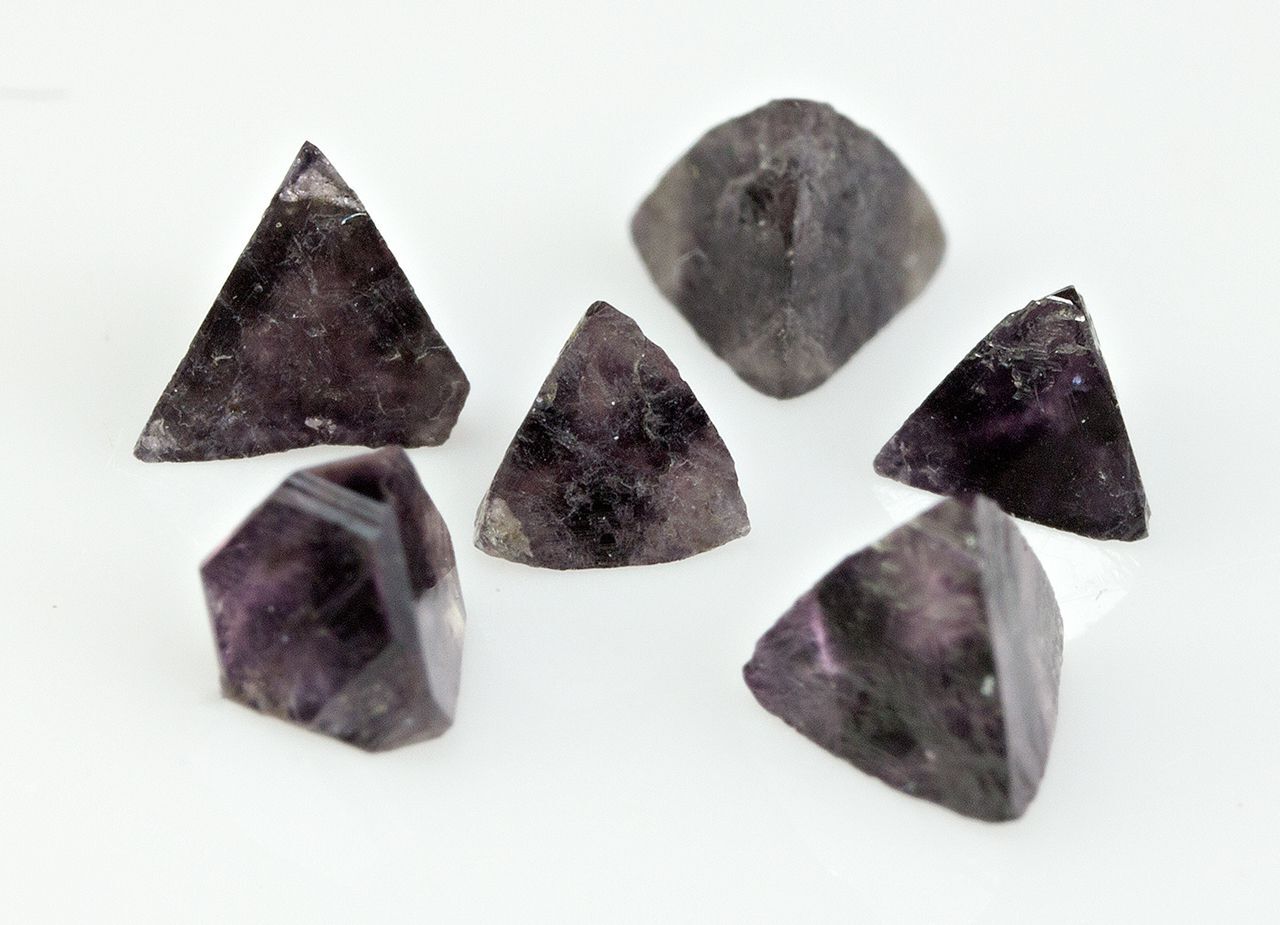
What is Chambersite? Chambersite is a rare mineral that belongs to the borate family. Discovered in 1957 in Chambers County, Texas, it has since fascinated geologists and mineral enthusiasts alike. This mineral is known for its deep purple to reddish-brown color and its unique crystal structure. Chambersite forms in evaporite deposits, which are layers of minerals left behind after water evaporates. Its chemical formula is Mn3B7O13Cl, making it one of the few borates that contain manganese. Due to its rarity, chambersite is highly sought after by collectors. Want to learn more? Stick around as we uncover 20 intriguing facts about this captivating mineral.
Key Takeaways:
- Chambersite is a rare, deep purple mineral with a glass-like appearance. It's found in Texas, South Africa, and Romania, and is loved by collectors for its unique beauty and non-radioactive nature.
- With a chemical formula of Mn3B7O13Cl, Chambersite is a hard, durable mineral used in scientific research and custom jewelry. Its small size and limited availability make it a prized possession for mineral enthusiasts.
What is Chambersite?
Chambersite is a rare mineral that fascinates geologists and collectors alike. Its unique properties and limited availability make it a subject of great interest. Here are some intriguing facts about this mineral.
-
Chambersite is a manganese borate mineral with the chemical formula Mn3B7O13Cl.
-
It was first discovered in 1957 in Chambers County, Texas, which is how it got its name.
-
This mineral typically forms in evaporite deposits, which are sedimentary rocks formed by the evaporation of water.
-
Chambersite crystals are usually small, often less than 1 cm in size.
Physical Properties of Chambersite
Understanding the physical characteristics of Chambersite can help in identifying and appreciating this rare mineral. Here are some key physical properties.
-
Chambersite crystals are typically deep purple to reddish-brown in color.
-
It has a Mohs hardness of 7, making it relatively hard and durable.
-
The mineral has a vitreous luster, giving it a glass-like appearance.
-
Chambersite is transparent to translucent, allowing light to pass through it to varying degrees.
Where is Chambersite Found?
The rarity of Chambersite makes its locations of discovery particularly noteworthy. Here are some places where this mineral has been found.
-
Besides Chambers County, Texas, Chambersite has also been found in the Kalahari Desert in South Africa.
-
Small quantities have been discovered in the evaporite deposits of the Gulf Coast of the United States.
-
It has also been reported in the evaporite deposits of the Carpathian Mountains in Romania.
Uses and Applications of Chambersite
Though rare, Chambersite has some interesting uses and applications. Here are a few ways this mineral is utilized.
-
Chambersite is primarily a collector's mineral due to its rarity and unique properties.
-
It is sometimes used in scientific research to study evaporite deposits and the conditions under which they form.
-
Some jewelers use Chambersite in custom jewelry pieces, although its small size and rarity make this uncommon.
Interesting Facts About Chambersite
Beyond its physical properties and locations, Chambersite has some fascinating aspects worth noting. Here are a few more interesting facts.
-
Chambersite belongs to the borate mineral group, which includes minerals that contain boron.
-
The mineral's deep purple color is due to the presence of manganese in its structure.
-
Chambersite crystals often form in a trigonal system, which means they have threefold rotational symmetry.
-
The mineral is often associated with other evaporite minerals like halite and gypsum.
-
Chambersite is not radioactive, making it safe to handle and collect.
-
Despite its rarity, Chambersite has a dedicated following among mineral collectors who prize it for its unique properties and beauty.
The Final Word on Chambersite
Chambersite, a rare mineral, has fascinated geologists and collectors alike. Its unique properties and limited locations make it a true gem in the world of minerals. Found primarily in salt domes in Louisiana and Texas, this mineral's striking purple hue sets it apart. Its chemical composition, manganese borate, adds to its rarity. Despite its scarcity, chambersite has practical applications in industrial processes, particularly in the production of certain chemicals.
Understanding chambersite's formation and characteristics helps appreciate its value. Its discovery in the 1950s marked a significant moment in mineralogy. For collectors, owning a piece of chambersite is like holding a piece of Earth's hidden treasures. Whether you're a geology enthusiast or just curious about rare minerals, chambersite offers a glimpse into the fascinating world beneath our feet. Keep exploring, and who knows what other hidden gems you'll uncover!
Frequently Asked Questions
Was this page helpful?
Our commitment to delivering trustworthy and engaging content is at the heart of what we do. Each fact on our site is contributed by real users like you, bringing a wealth of diverse insights and information. To ensure the highest standards of accuracy and reliability, our dedicated editors meticulously review each submission. This process guarantees that the facts we share are not only fascinating but also credible. Trust in our commitment to quality and authenticity as you explore and learn with us.
